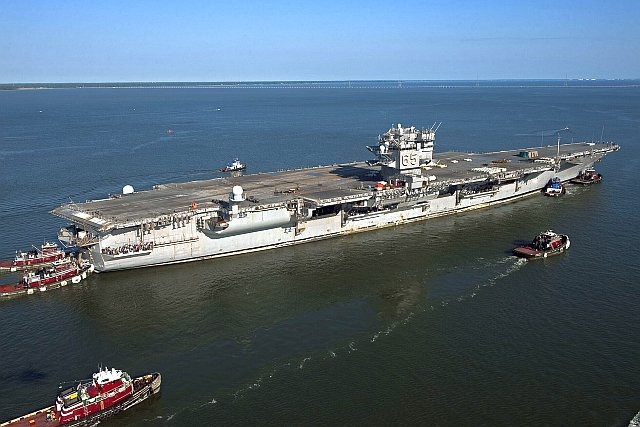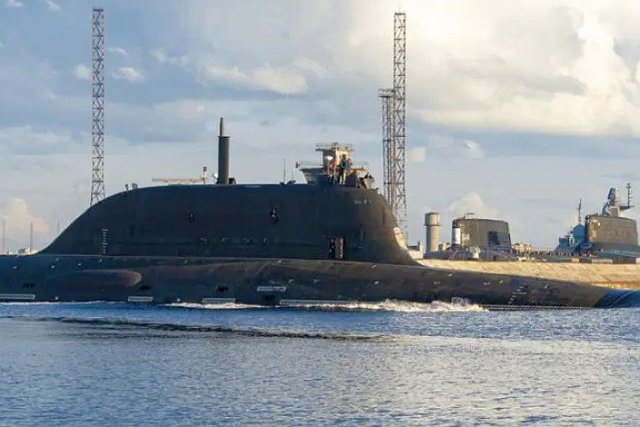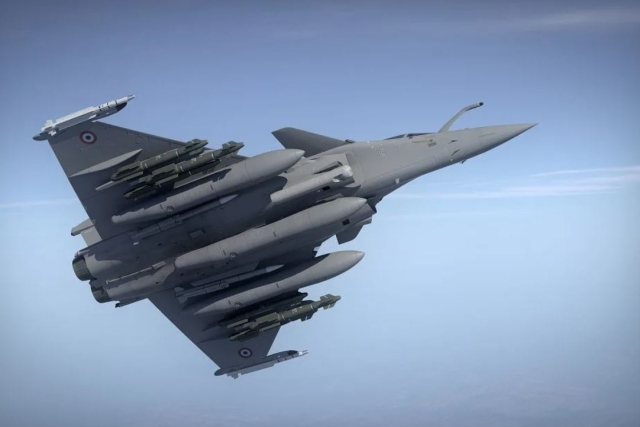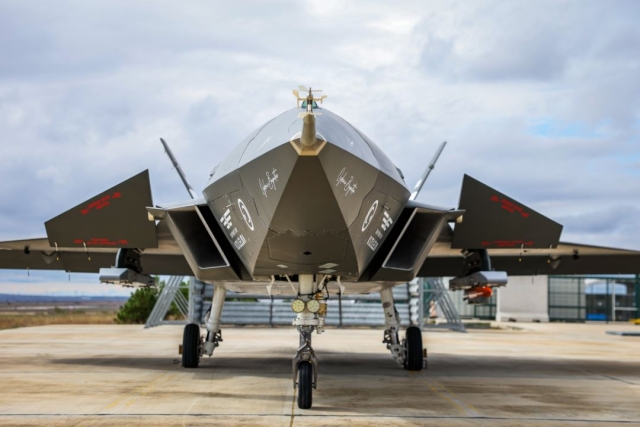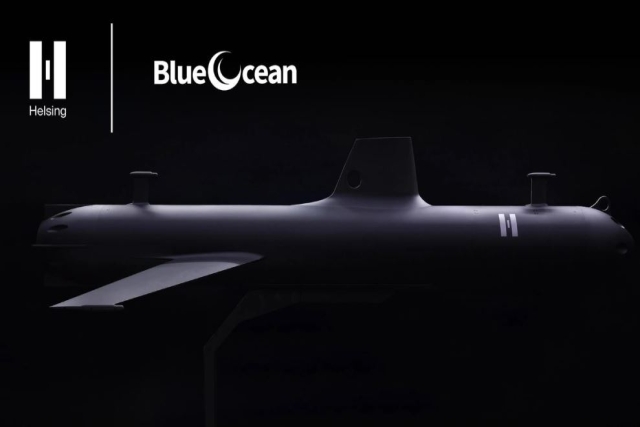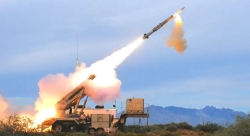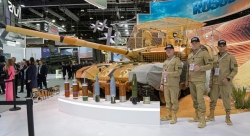U.K. Considers Air-Launched Nuclear Weapons for Future Defense Strategy
Top general highlights potential shift to F-35A jets to address NATO nuclear role and threats from Russia
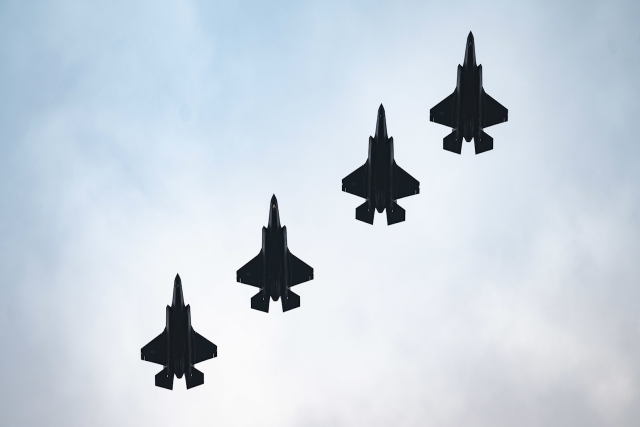
The United Kingdom may explore the deployment of air-launched nuclear weapons in the years ahead, according to General Sir Richard Barrons, lead military author of the Strategic Defence Review.
Speaking to BFBS Sitrep, he confirmed that the topic is under discussion within the Ministry of Defence (MoD), particularly in the context of acquiring more F-35 aircraft for the Royal Air Force.
The review recommends expanding the U.K.’s fleet of F-35 jets, with a focus on the A variant, which is already certified to carry American free-fall nuclear munitions. “If the Ministry of Defence buys F-35A model, which we think is a good idea, then the A model can be dual-capable,” Gen Sir Richard said. “It can do a conventional role and it can also carry the American free-fall nuclear munition.”
Unlike the F-35B currently operated by the RAF and Royal Navy — which supports short take-off and vertical landing — the F-35A used by the U.S. Air Force is the only Lightning II variant certified for NATO nuclear sharing missions.
Gen Sir Richard stressed that no decisions have been made and that the discussion is ongoing across both NATO and the U.K. Armed Forces. “A number of NATO nations already do this, so it's going to be worth asking NATO ‘Is this a good idea?’” he added. “Some [in the U.K. military] think it is a good idea and others have reservations.”
He also pointed to growing nuclear threats from Russia, particularly in the context of its actions in Ukraine, as a key reason for the debate. “There is a great deal of alarm from what we've seen in Ukraine, where President Putin’s talked about using tactical nuclear weapons,” he noted. “In Russian doctrine, that features as a mode of de-escalating a conflict when it gets to a critical moment.”
The general explained that the U.K.’s current nuclear capability — based solely on the submarine-launched Trident ballistic missile — may leave a gap at the tactical level. “There’s clearly a gap between strategic nuclear capability like the Trident missile… and the need for more flexible deterrents,” he said.
Dual-capable aircraft (DCA) are one potential solution, but not the only one. “Others will argue that you can close the gap by the rapid evolution of very long-range, self-protecting conventional missiles which could reach anywhere in your opponent's territory,” Gen Sir Richard said. “This is an interesting discussion, not yet resolved.”
